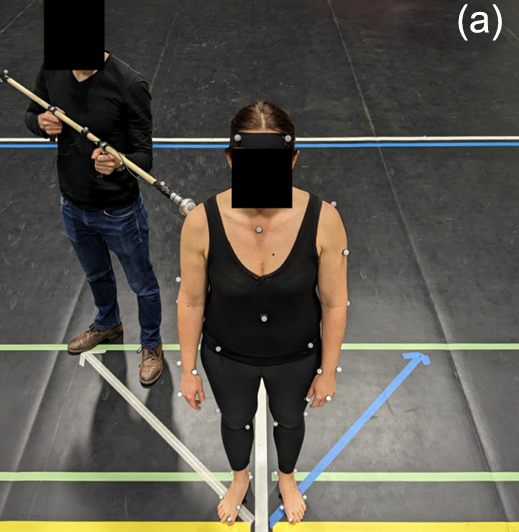Thomas Chatagnon, Anne-Hélène Olivier, Ludovic Hoyet, Julien Pettré, Charles Pontonnier
Abstract
Stepping strategies following external perturbations from different directions is investigated in this work. We analysed the effect of the perturbation angle as well as the level of awareness of individuals and characterised steps out of the sagittal plane between Loaded Side Steps (LSS), Unloaded Medial Steps (UMS) and Unloaded Crossover Steps (UCS). A novel experimental paradigm involving perturbations in different directions was performed on a group of 21 young adults (10 females, 11 males, 20–38 years). Participants underwent 30 randomised perturbations along 5 different angles with different levels of awareness of the upcoming perturbations (with and without wearing a sensory impairment device) for a total of 1260 recorded trials. Results showed that logistic models based on the minimal values of the Margin of Stability (MoS) or on the minimal values of the Time to boundary (Ttb) performed the best in the sagittal plane. However, their accuracy stayed above 79% regardless of the perturbation angle or level of awareness. Regarding the effect of the experimental condition, evidences of different balance recovery behaviours due to the variation of perturbation angles were exposed, but no significant effect of the level of awareness was observed. Finally, we proposed the Distance to Foot boundary (DtFb) as a relevant quantity to characterise the stepping strategies in response to perturbations out of the sagittal plane.










